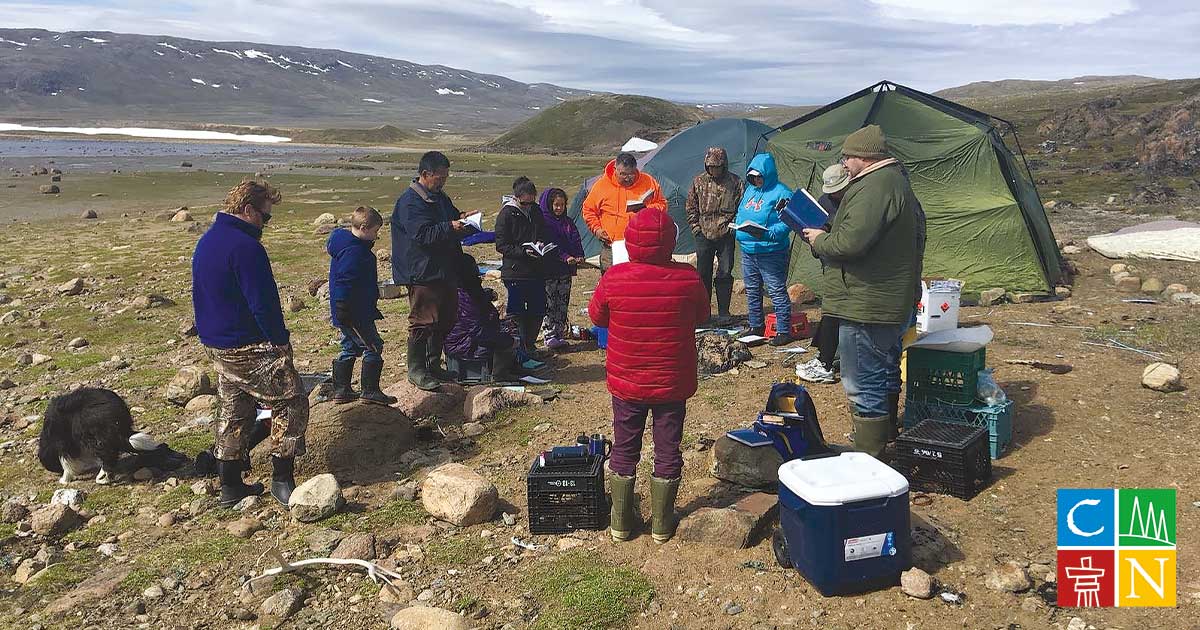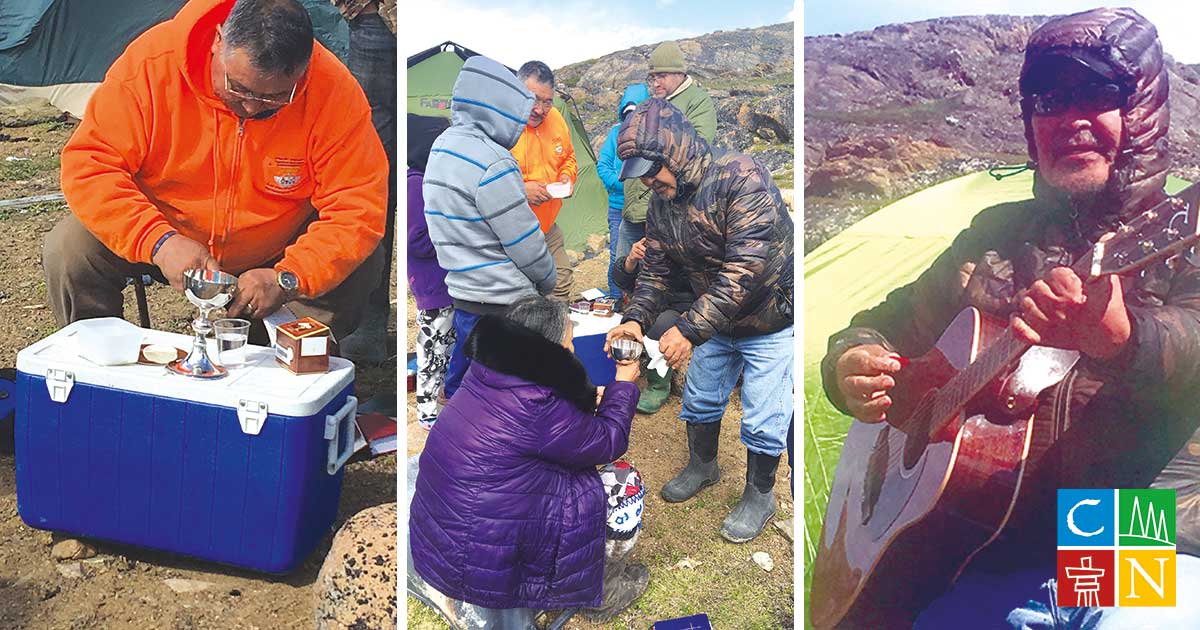By Matt Gardner
The Northwest Territories saw an explosion of COVID-19 cases this fall. By Oct. 7, health authorities reported the territory had the highest infection rate per capita in Canada, with an average of 50 new cases per day—a reminder that the pandemic is far from over and reaching into the farthest corners of the north.
As Yellowknife imposes new limits on indoor gatherings, those organizing worship services are looking for alternatives. Speaking from Iqaluit in the Anglican diocese of the Arctic—which encompasses the Northwest Territories, Nunavut and northern Quebec—Bishop Joey Royal says that while worship on the radio and Internet has become more common during the pandemic, many parishes have taken worship outdoors.
“There are instances of parishes gathering outside for sure … There was certainly worship moving out of the church building, because for the longest time … there were serious limitations on gathering indoors and the limitations were less when you gathered outdoors,” Royal says.
Worship on the land, the bishop suggests, has a particular resonance in the Arctic. Royal describes outdoor worship as “baked into Arctic Christianity, because the people in this land up until the last century or so were nomadic and lived in family groups on the land.”
He highlights the role of Inuit catechists, and later Inuit deacons and priests, in travelling long distances to spread Christianity through the Arctic.
“Although missionaries brought [the gospel] here, missionaries often functioned as people who trained local people, who then spread it to their own people across the land,” Royal says.
“That obviously involved worship [outdoors], because there were no church buildings … This was long before there was an Anglican church building or any church building in the Arctic. So worship on the land is the fundamental experience of Arctic Christians, at least when you go back generations.”
Historian Kenn Harper has written extensively about the Arctic. He notes that the spiritual practices of Inuit shamans in pre-Christian culture often took place outdoors.
“The initiation ceremonies or practices initiating someone into shamanism—that was definitely outdoors in nature and often in extreme privation, like fasting for a number of days out on the land away from other people,” Harper says.

Some of these Inuit traditions of outdoor spiritual practice may have continued after the introduction of Christianity, he suggests. When camping away from established communities, Harper says, “Inuit maintained the Sabbath even when they were not in the communities under the watchful eye of the missionary. I think it’s safe to assume many of those observations were outside if the weather was nice, or in their tents if the weather wasn’t.”
The cover of Harper’s book In Those Days: Shamans, Spirits, and Faith in the Inuit North depicts a photo of pioneering Anglican missionary Edmund Peck—who founded the church’s first permanent mission on Baffin Island and developed Inuktitut syllabics—presiding over what the historian describes as an “outdoor prayer meeting”.
The presence of a young man and woman holding hands in front of Peck indicates to Harper that the gathering was likely an outdoor marriage ceremony.
“This would be an Anglican ceremony held out of doors, and the reason would probably be that indoors was too crowded, quite frankly, because Peck’s premises at Blacklead Island were pretty small,” Harper says. “I know during the wintertime, he crammed people indoors for worship services. But I’m thinking that outdoors would have been much more comfortable.”
More recently, Anglican worship outdoors has taken on a more intentional character. In July 2018, an estimated 25 members of the congregation at St. Jude’s Cathedral in Iqaluit took an hour boat ride outside the city for a three-day parish camping trip.
Between boating, fishing and hiking, parishioners held morning and evening prayer, Bible study and the Eucharist outdoors. Bishop Royal, who preached at the Sunday Holy Communion service on the idea of the sea in the Bible, says gathering outside the congregation’s usual context helped build relationships within the parish across generations.
The idea for the trip came from Methuselah Kunuk, then dean of St. Jude’s and currently a candidate for Aggu MLA in the 2021 Nunavut territorial election. Worship outdoors was nothing new for Kunuk, who has served as co-chair of Iqaluit’s Amarok Hunters and Trappers Coalition and the Baffin Fisheries Coalition.
“When I was growing up … when the weather’s good in the summer and spring, we used to do our services outside,” Kunuk says.
While Nunavut had zero cases of COVID-19 at the time this article was written, St. Jude’s has not organized a formal camping trip since 2018 due in large part to the pandemic. In the Northwest Territories, current health guidelines restrict even outdoor gatherings to a maximum of 50 people.
Yet whether worship takes place indoors and outdoors, Kunuk says, the presence of God can be felt equally in both.
“I think it’s the same, because we believe that the Holy Spirit is with us all the time,” Kunuk says. “It doesn’t matter where we are.”
Interested in keeping up-to-date on news, opinion, events and resources from the Anglican Church of Canada? Sign up for our email alerts .

